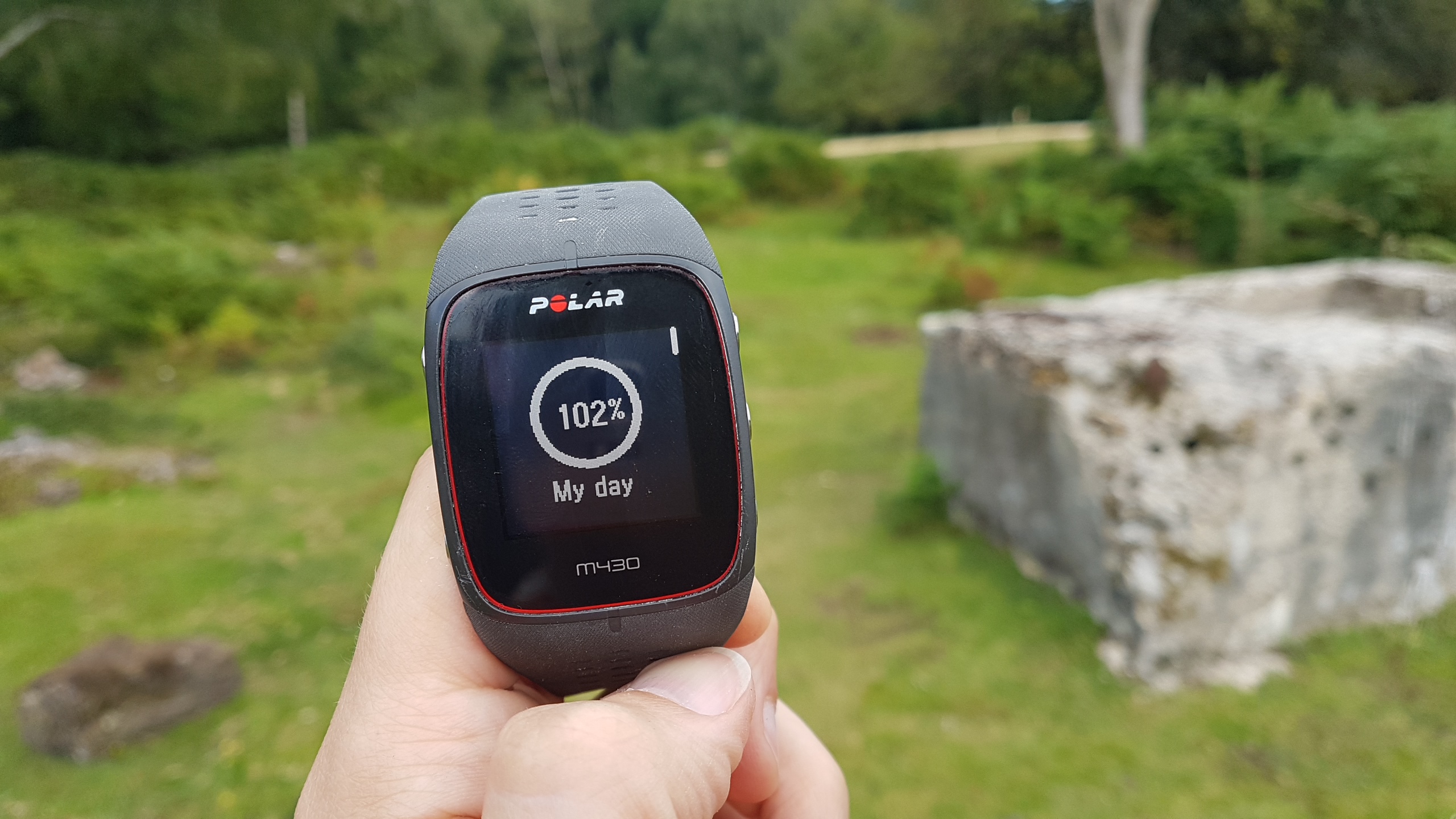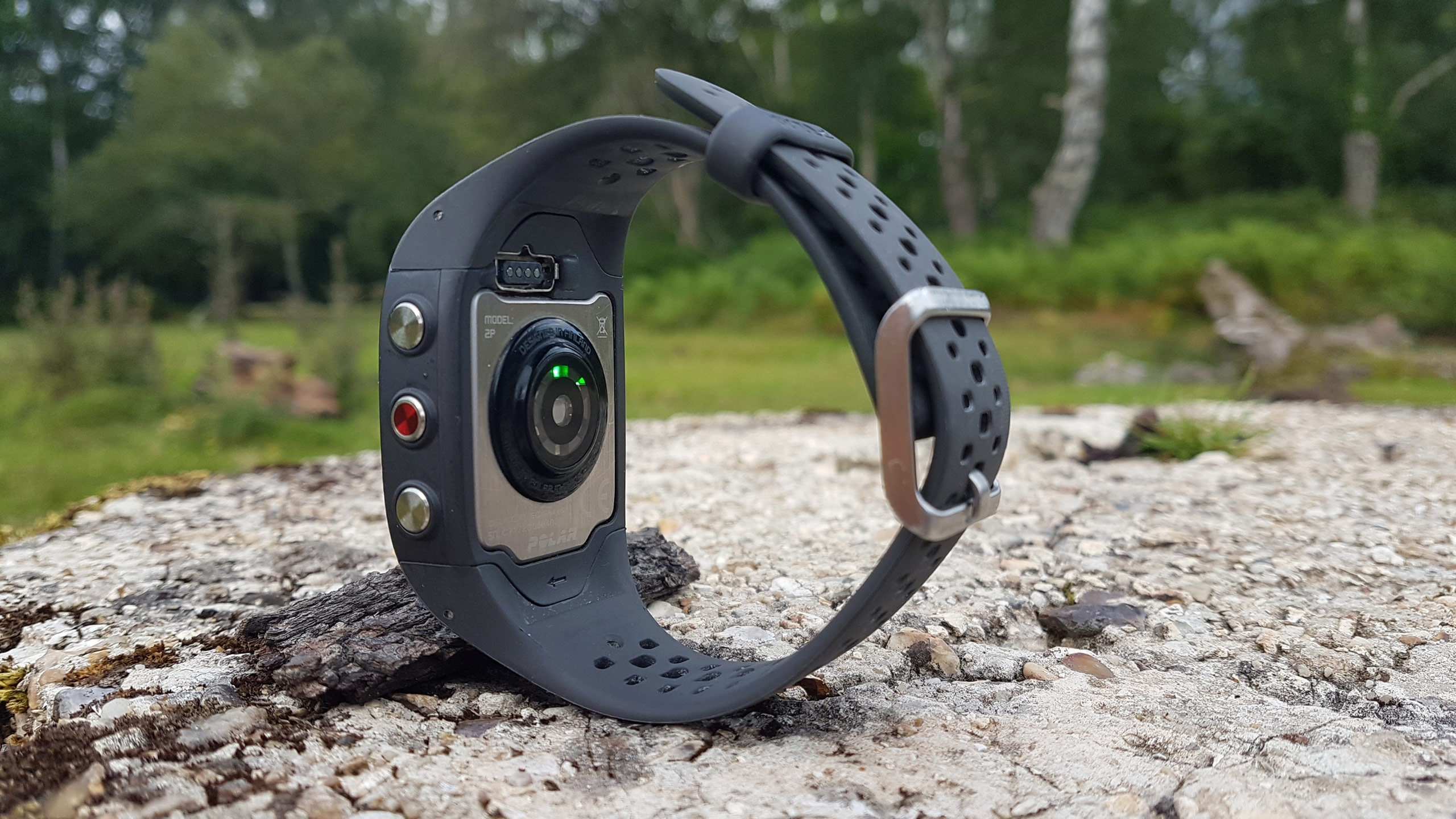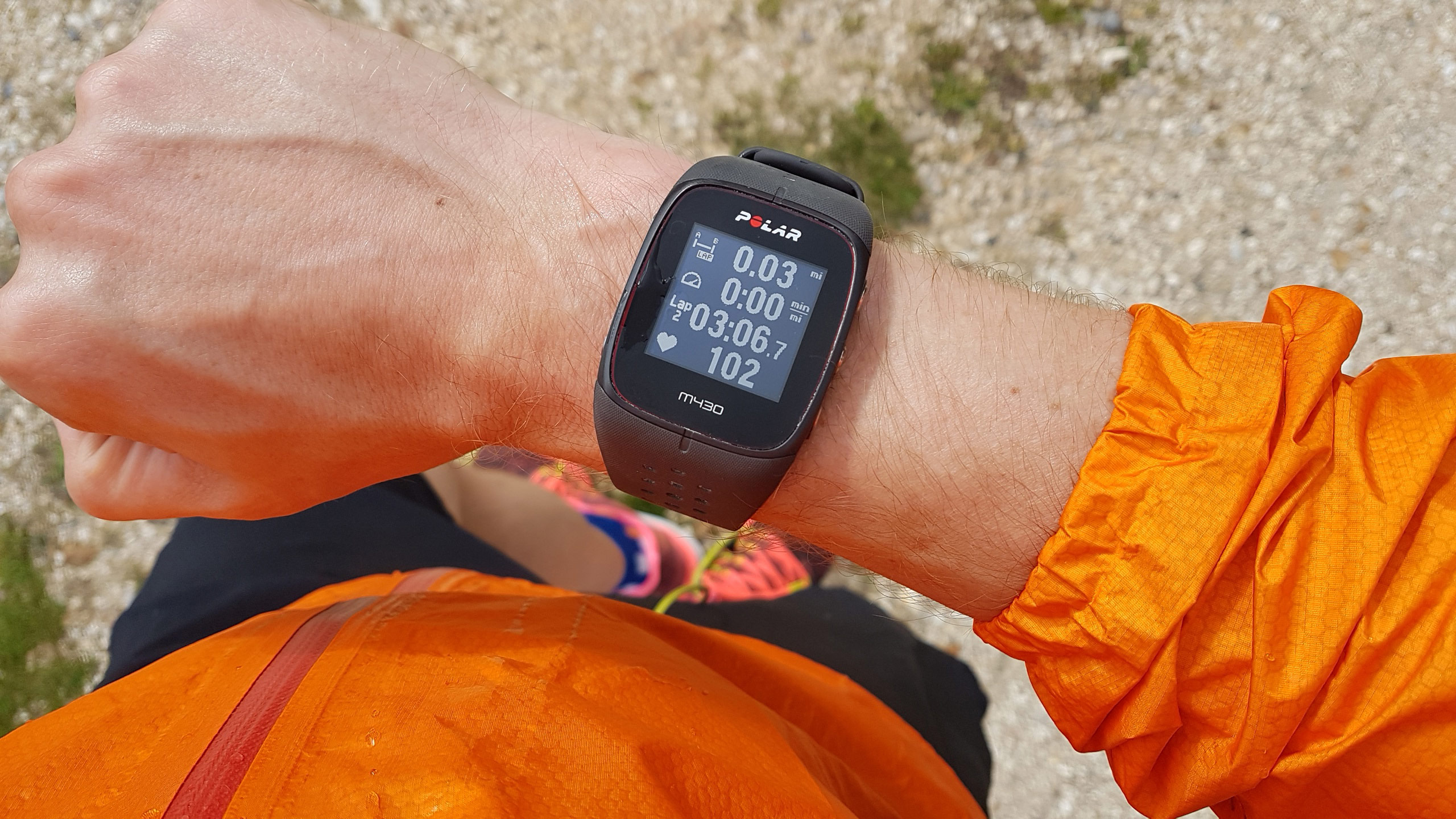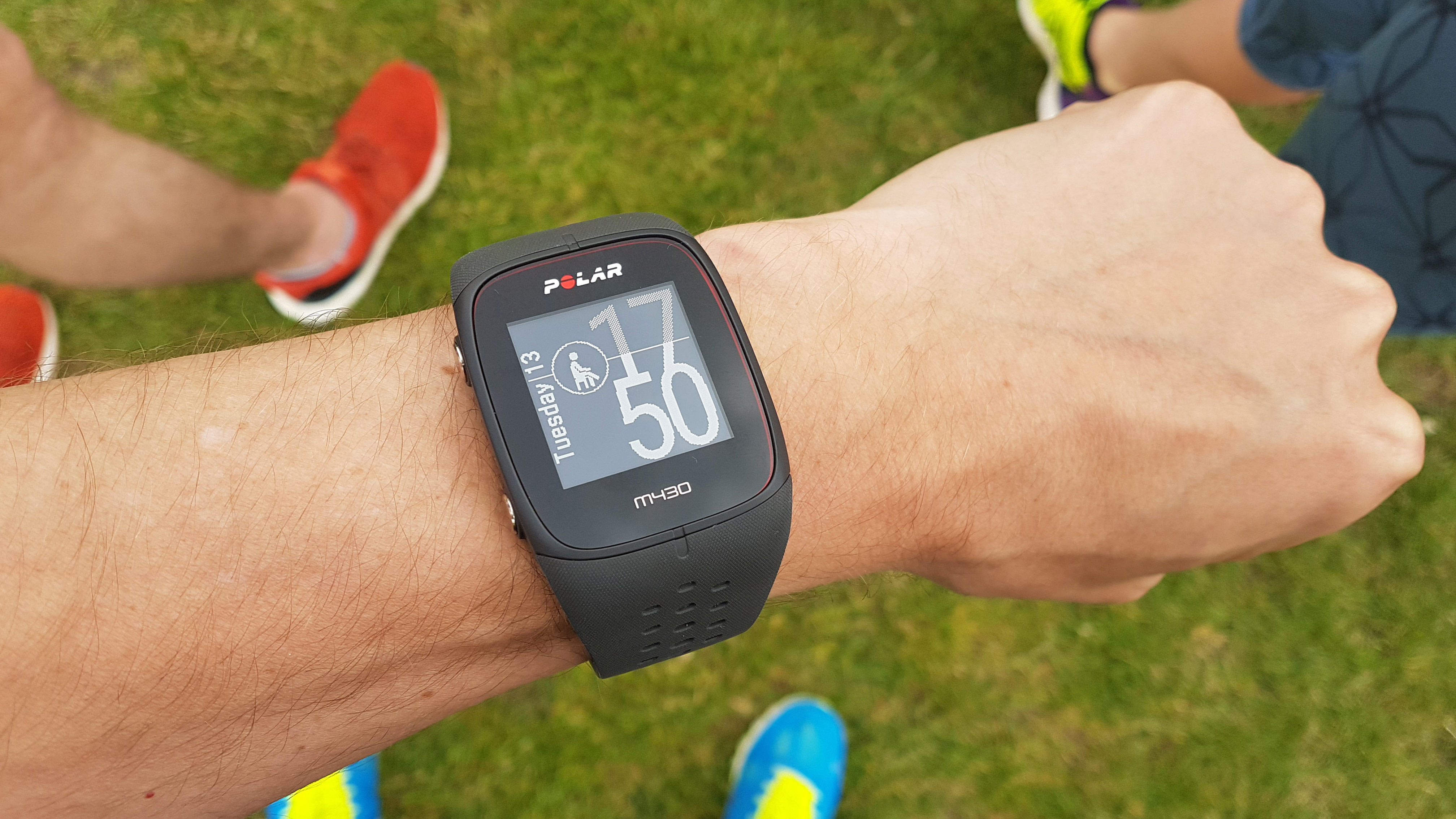TechRadar Verdict
A highly capable tool for goal-driven runners, the Polar M430 takes nearly all the best bits from the best-selling M400, adds solid wrist-based heart rate tracking, better GPS, sleep tracking and smartphone notifications to create one of the best mid-range running watches to buy in 2017.
Pros
- +
Good battery life
- +
Easy to use
- +
Reliable and accurate
Cons
- -
Annoying charging lead
- -
Not the best looking
- -
Some smartphone syncing issues
Why you can trust TechRadar
The Polar M400 was Europe’s top-selling running watch in 2015-2016, so you won’t be surprised to hear that two years on, the upgrade – the Polar M430 – has retained almost everything that made the winning M400 such a hit.
And while from a distance it’s difficult to tell the M400 and the M430 apart, Polar has also added some extra hardware and features that mean this new running tool isn’t just the M400 with a new lick of paint.
The addition of optical heart rate, improved GPS and new sleep tracking skills make this a really strong entry on the sub-$230/£200/AU$330 shelf. In fact, if you’re looking for a mid-range tracker-cum-training tool that does the basics brilliantly with a simple, if retro, design then the M430 is it.
If you want color touchscreens and a full suite of elite-level sports science metrics, you’ll probably want to jog on over to the aisle with the Garmin Forerunner 935 or the Polar V800.
The M430 is a capable piece of kit. Alongside all the basics your usual running watch serves up, such as pace, distance, speed and cadence, there’s optical heart rate from the wrist, full daily activity tracking, advanced sleep tracking, fitness tests and recovery time advice, all of which can be mined for insights once you’ve synced to the increasingly capable Polar Flow app or web tool.

There’s plenty here to satisfy a broad range of runners. From newcomers looking to run for general fitness, right up to people chasing a marathon personal best. There’s also just about enough for people pushing into short ultra territory, thanks to some battery-saving skills we’ll touch on later.
But what really makes the M430 stand out isn’t a load of shiny trickery, it’s that this watch combines simplicity with just the right amount of capability, at just the right price.
The Polar M430 comes with a competitive price tag, as it can be picked up for £199.50 ($229.00, AU$329.00). That’s a good bit cheaper than the Garmin Forerunner 235 and a fair chunk less than the TomTom Adventurer too.
In our book that makes it one of the best running watches you can buy right now. But let us delve into more detail to explain why.
Design
- No frills, retro feel
- Comfortable, compact and light
- Uncomplicated, easy to use on the move
As we mentioned earlier, the M430 looks a lot like the M400 and despite coming in three colors: dark grey (what most people would consider black), white and go-faster orange, the truth is its appearance isn’t particularly exciting.
It looks like a sports GPS watch and if style is high up on your running watch priority list, there are definitely snazzier options out there - the Apple Watch 2, for example. This isn't a sleek running watch that doubles as a stylish timepiece for day-to-day life - it's clear you've got something fitness-led on your wrist.
The M430 retains the old school monochrome-style display that was on the M400. There’s no fancy color touchscreen here, but that’s no bad thing because the screen is clear and easy to read on the run in almost any light.
As you’d expect you can also choose to invert the display and tap on a backlight so that it’s easier to read in darker conditions.

Probably the most significant design change is evident when you flip the M430 over to reveal the new 6 LED optical heart rate sensor, which is about the size of a 10 pence piece and protrudes a couple of millimetres.
Despite adding in the optical heart rate sensor, Polar has managed to shave a little off the weight from the M400, getting the the M430 down to 51g and 12mm thick.
That’s just slightly heavier than the TomTom Adventurer at 55g but a good 10g weightier than the Garmin Forerunner 235.
The M400 wasn’t the most comfortable running watch in the world and Polar has tried to address this - with some success - on the M430 by adding a new softer silicone, breathable (that means it’s got holes in it) strap and a slightly more ergonomic design for a better fit on the wrist.
That’s good news because you have to wear this tighter to ensure the optical heart rate functions.
Overall, this is a relatively comfortable watch to wear. In our tests we used it on three ultra runs that lasted well over 10 hours without any complaints. Though like most optical heart rate watches, you do have to wear it tight enough to leave little indentations in the skin, and even in daily use the buckle will dig into the skin - there are more comfortable options out there.

The five button watch controls are the same as they were on the M400 and just as responsive. Each of them has quite a clear function and they’re extremely easy to use during runs.
It’s the little things that make all the difference and being able to long-press the top left button to access a quick menu of options, such as switching the backlight on, locking all the buttons (anyone who’s ever got to mile 23 of a marathon and realized their watch has stopped thanks to an accidental button tap will tell you how important this is) and sticking your watch in flight mode is a great touch.
From this menu you can also set up and start intervals really easily, even mid run. This includes sets of multiple intervals and the ability to mix up time and distance based intervals.
Another little tweak that might make some people jump for joy are the customizable watch faces. You can choose from five different layouts, none of them particularly exciting but this does provide you some degree of personalization.
